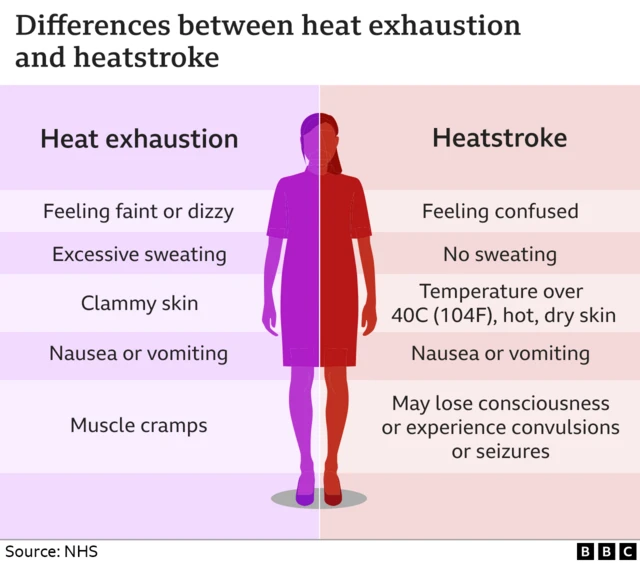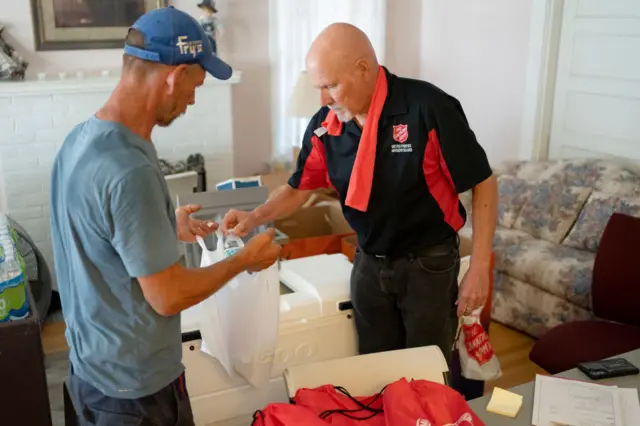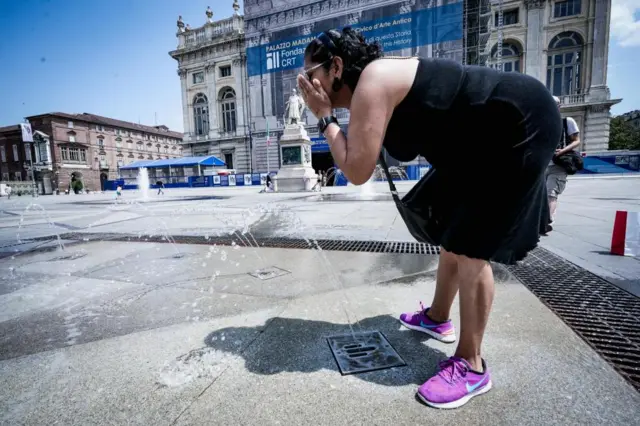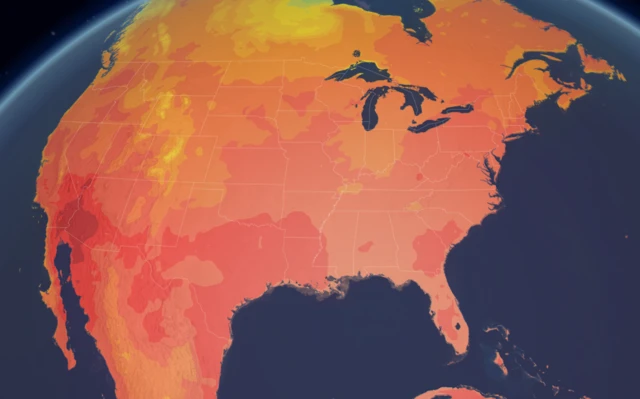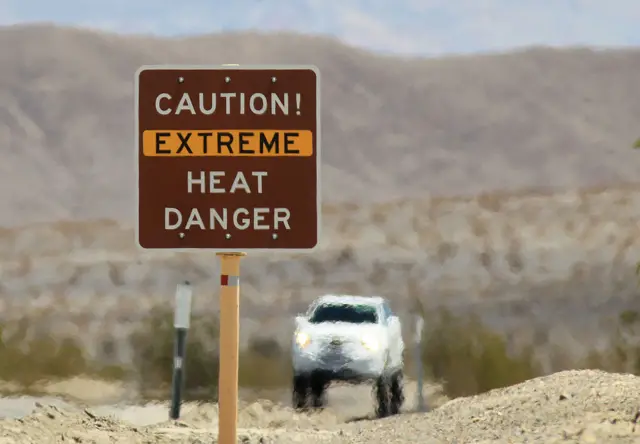We're pausing our coveragepublished at 20:08 BST 13 July 2023
Thanks for following along on the latest about the US heatwave, where parts of the country's southwest are expected to see record-breaking temperatures throughout the weekend.
We will be pausing our coverage, but will bring you more updates later as they become available.
This page was edited by Marianna Brady and Brandon Livesay with reporting by Nadine Yousif, Sam Cabral and Brandon Drenon.
